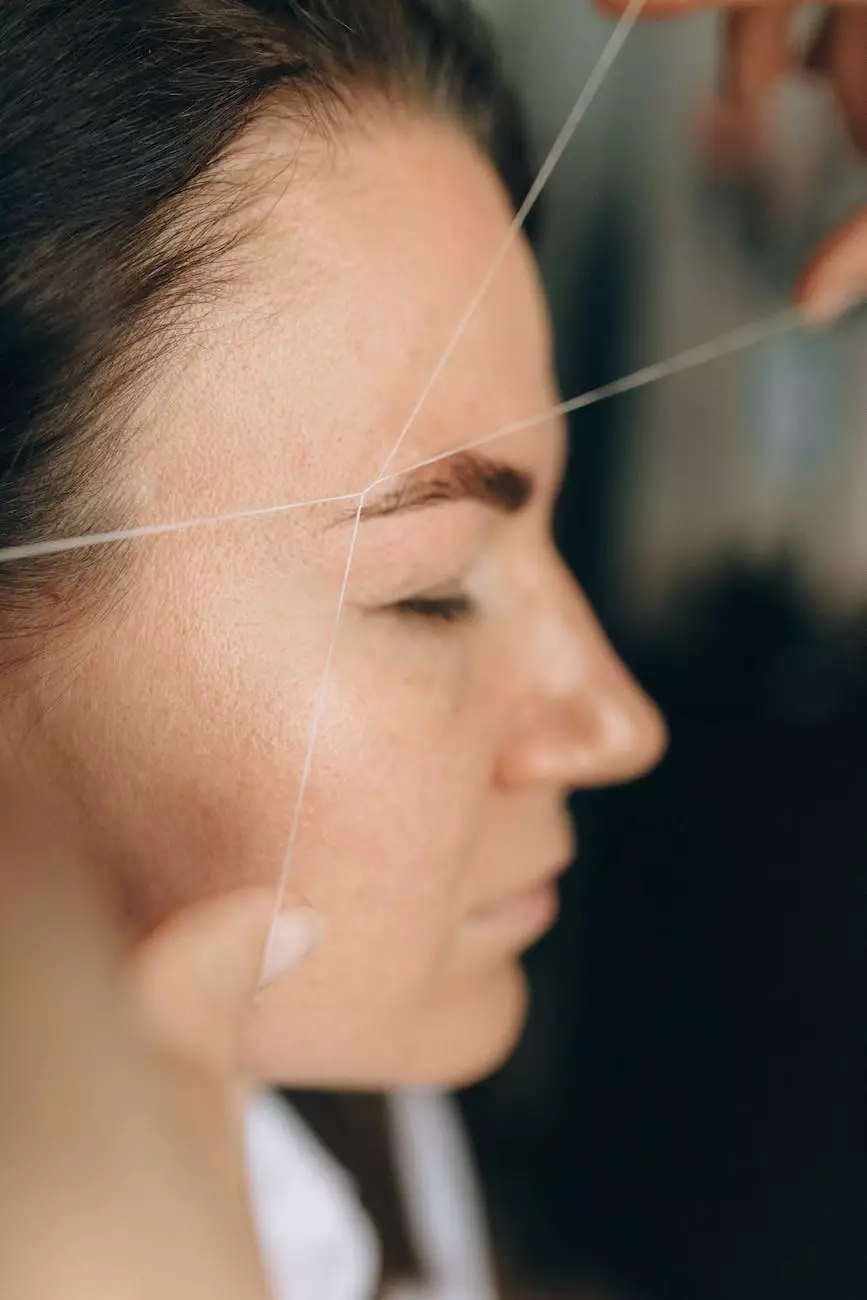What is Otoplasty?

Introduction to Otoplasty
Otoplasty, also known as ear surgery or ear pinning, is a plastic surgery procedure aimed at reshaping and repositioning the ears to improve their appearance. It is commonly performed on individuals who are dissatisfied with the size, shape, or protrusion of their ears.
The Benefits of Otoplasty
Otoplasty offers a range of benefits for individuals seeking to enhance their ear aesthetics. One of the primary benefits is the improvement in self-confidence and self-esteem that comes with harmonious facial proportions. By correcting prominent or disproportional ears, otoplasty can help individuals feel more comfortable and confident in their overall appearance.
Additionally, otoplasty can address concerns such as:
- Protruding ears
- Asymmetrical ears
- Misshapen or overly large ears
- Torn or stretched earlobes
- Congenital ear deformities
The Otoplasty Procedure
The otoplasty procedure is typically performed under local or general anesthesia, depending on the patient's preferences and the surgeon's recommendations. The surgeon will make incisions behind the ear, allowing them to access the cartilage and reshape it as desired.
The specific techniques used during otoplasty may vary depending on the individual's unique needs. However, the procedure commonly involves:
- Incision placement and access
- Cartilage reshaping
- Suture placement to secure the new ear shape
- Closing of incisions
The duration of the otoplasty procedure typically ranges from one to three hours, depending on the complexity of the case.
Recovery and Aftercare
Following otoplasty, patients will be required to wear a special headband or dressing to support the newly reshaped ears during the initial healing phase. This helps promote optimal results and prevents accidental trauma to the ears.
During the recovery period, patients should avoid activities that could strain or put pressure on the ears. Mild discomfort, swelling, and bruising are common experiences during the first few days after surgery. However, these side effects should gradually diminish as the healing progresses.
It is important to follow the surgeon's post-operative instructions carefully, which may include:
- Keeping the incision area clean and dry
- Using prescribed medication to manage any discomfort
- Attending follow-up appointments for monitoring and removal of sutures, if necessary
Full recovery from otoplasty can typically be expected within a few weeks, after which individuals can enjoy the final results of their enhanced ear appearance.
Risks and Considerations
Like any surgical procedure, otoplasty carries some inherent risks. It is important for individuals considering the procedure to have a comprehensive understanding of these risks and discuss them with their plastic surgeon:
- Infection
- Bleeding
- Unfavorable scarring or keloid formation
- Asymmetry or unsatisfactory results
- Changes in skin sensation
- Recurring issues, such as ear prominence, in rare cases
A skilled plastic surgeon will conduct a thorough evaluation of the patient's medical history and provide personalized recommendations to minimize these risks and optimize the chances of successful otoplasty outcomes.
Conclusion
Otoplasty is a surgical procedure that can significantly improve the appearance of the ears, helping individuals achieve facial harmony and boost their self-confidence. By understanding the benefits, risks, and recovery process involved in otoplasty, individuals can make informed decisions about pursuing this transformative procedure.
At Foley James D MD, our experienced plastic surgeons are dedicated to providing exceptional otoplasty results while prioritizing patient safety and satisfaction. Contact us today to schedule a consultation and explore how otoplasty can help you achieve the ear aesthetics you desire.










